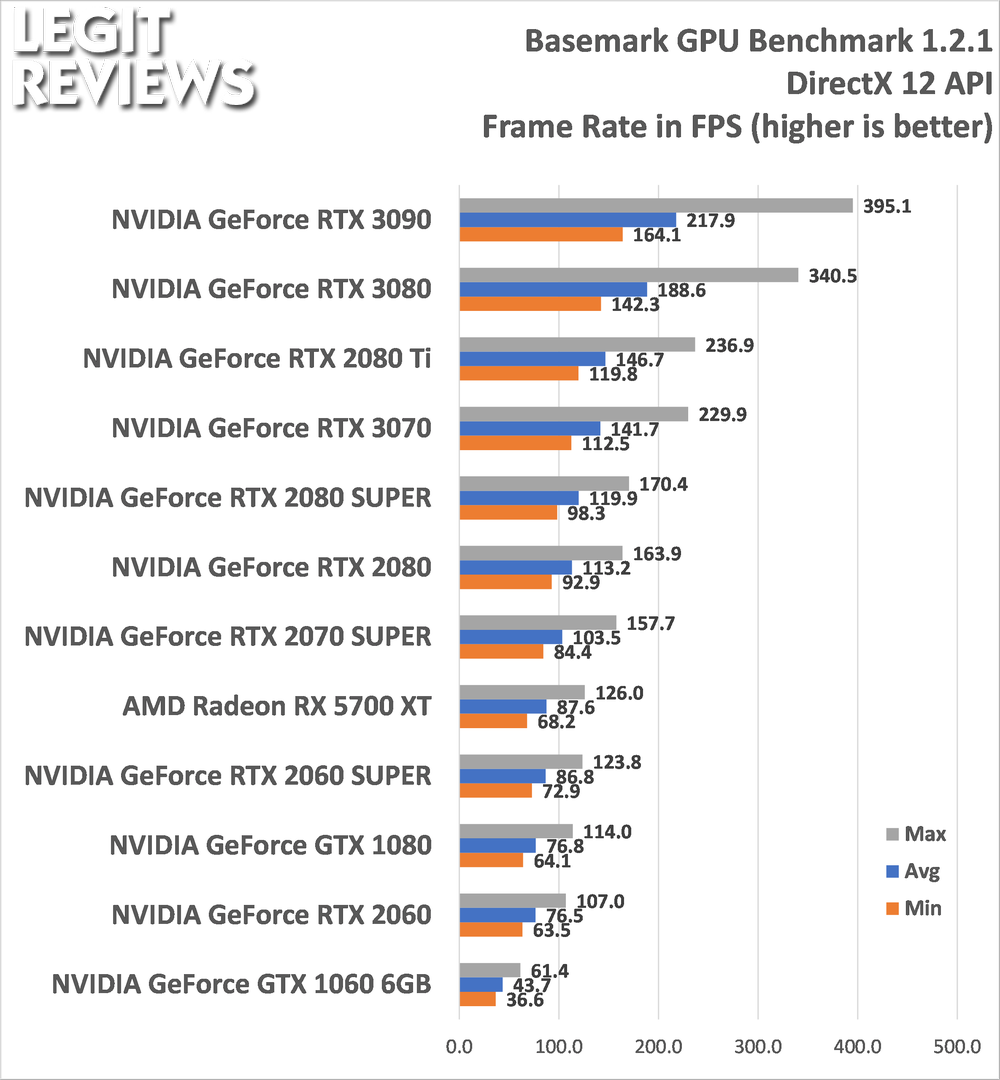

TRPCage is too small to effectively scale to modern GPUs This system is also too small to run effectively over Generation cards as it is for larger GB systems and PME runs. Performance on these cards is not as pronounced over early

Note: The TRPCage test is too small to make effective Typical Production MD NPT, HMR, MC Bar 4fs (individual runs at the same time on the same node)Ģ) DHFR NPT HMR 4fs = 23,558 atoms Typical Production MD NPT, MC Bar 4fs HMRģ) DHFR NVE 2fs = 23,558 atoms Typical Production MD NVE withĤ) DHFR NPT 2fs = 23,558 atoms Typical Production MD NPT, MC Bar 2fs (a single run on one or more GPUs within a single node) To the GTX1080 GPU for current GeForce and Tesla GPUs at pricesġ) DHFR NVE HMR 4fs = 23,558 atoms Typical Production MD NVE with The following plot shows the price / performance ratio relative Prices span a very large range from the cost effective GeForceĬards to the latest eye wateringly expensive Tesla V100 cards. Useful to consider the price/performance since NVIDIA GPUs Of each of the various benchmarks on different GPU models it is This is illustratedīelow in the plots showing 'aggregate' throughput.īefore looking at the raw throughput performance That rely on constant CPU to GPU communication. For this reason AMBER's aggregate throughput onĬost effective multi-GPU nodes massively exceeds that of other codes In thisĬase each individual run, unlike a lot of other GPU MD codes, will Maximize throughput on a single calculation, or alternatively youĬould run four completely independent jobs one on each GPU. The choice of running a single MD run across multiple GPUs, to Single GPU run the CPU and PCI-E bus are barely used. Without hurting the performance of the first job since the PCI-E busĪnd CPU cores are already fully loaded. However, the remaining GPUs are not available for additional jobs
#Benchmark gpu plus#
To four of those GPUs, plus a bunch CPU cores for a single job. With a lot of other MD codes you can use one Similar runs with other GPU accelerated MD codes.įor example, suppose you have a node with 4 It also means one can purchase low cost CPUs making GPUĪccelerated runs with AMBER substantially more cost effective than This allows one to makeĮxtensive use of all of the GPUs in a multi-GPU node with maximumĮfficiency. Likes of Gromacs and NAMD is that it does NOT rely on the CPU toĮnhance performance while running on a GPU.
#Benchmark gpu download#
You can download a tar file containing the inputĪ unique feature of AMBER's GPU support that sets it apart from the With -g x for each GPU ID) List of Benchmarks Performance than the numbers here then run the following (for each GPU) as root:

Previous Maxwell based Titan-X GPU as Titan-X.ĮCC = Where applicable benchmarks were run with ECC turned OFF - we have seen no issues withĪMBER reliability related to ECC being on or off.

Updated Titan-X which they now refer to as Titan-XP) and the (a naming convention that NVIDIA finally decided to adopt with the Refer to the new Pascal based Titan-X GPU as Titan-XP Maxwell generation but dropping the GTX in front of the name. (GP102) Titan-X reusing the name GTX-Titan-X from the previous NVIDIA named the latest Pascal based high end GPU The case of the Exxact machine used here this is device IDs 0 & 1 or Intranode with GPU pairs that support peer to peer communication. Precision Model = SPFP (GPU), Double Precision (note the cheaper E5-2620v4 CPUs would also give the sameĬode Base = AMBER 16 + Updates as of Jan 2018 See the archived AMBER version 12 benchmarks.Įxxact AMBER Certified 2U GPU WorkstationĬPU = Dual x 8 Core Intel E5-2640v4 (2.2GHz), 64 GB DDR4 Ram This page provides benchmarks for AMBER v16 (PMEMD) with If you are using AMBER 14 please see the archived AMBER 14 page This page describes AMBER 16 GPU support. ACCELERATION SUPPORT | Background | Authorship &


 0 kommentar(er)
0 kommentar(er)
